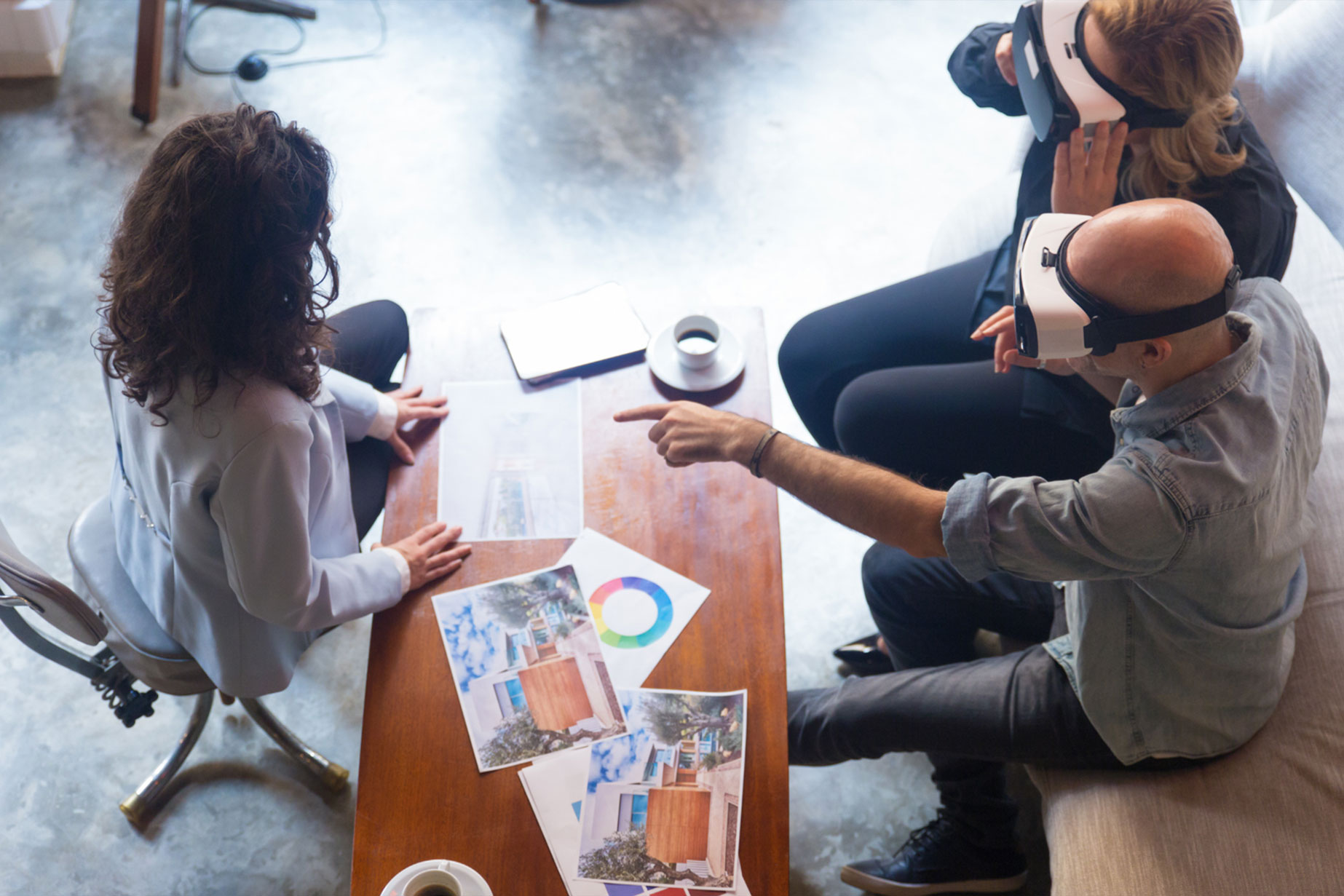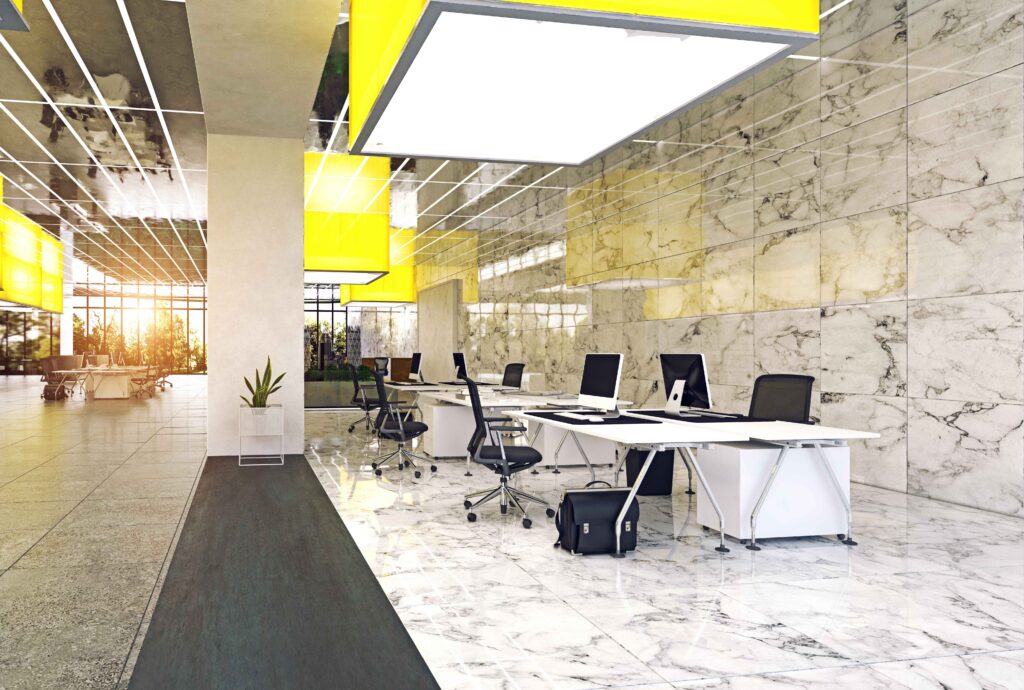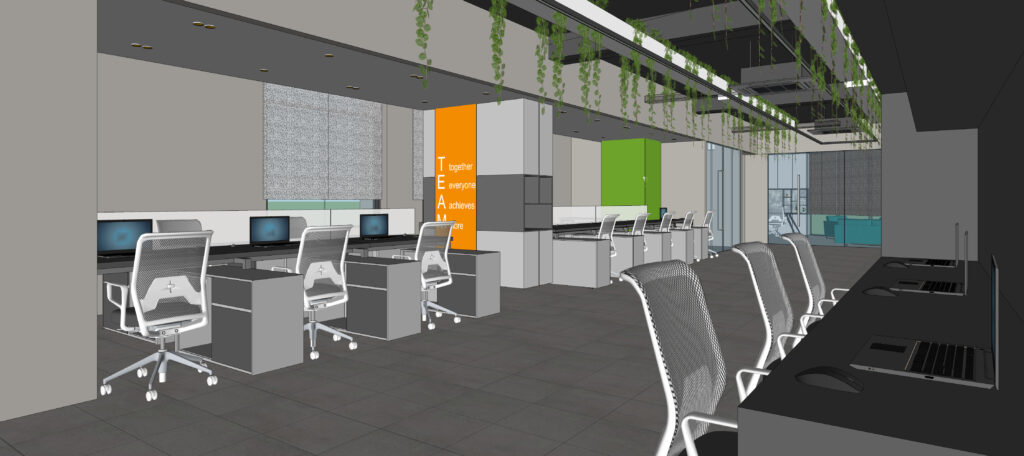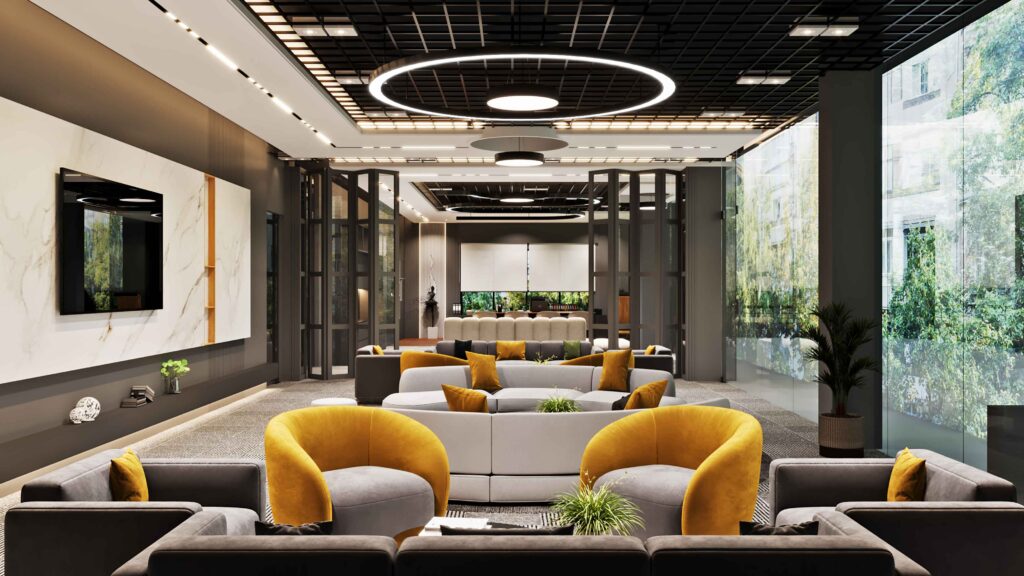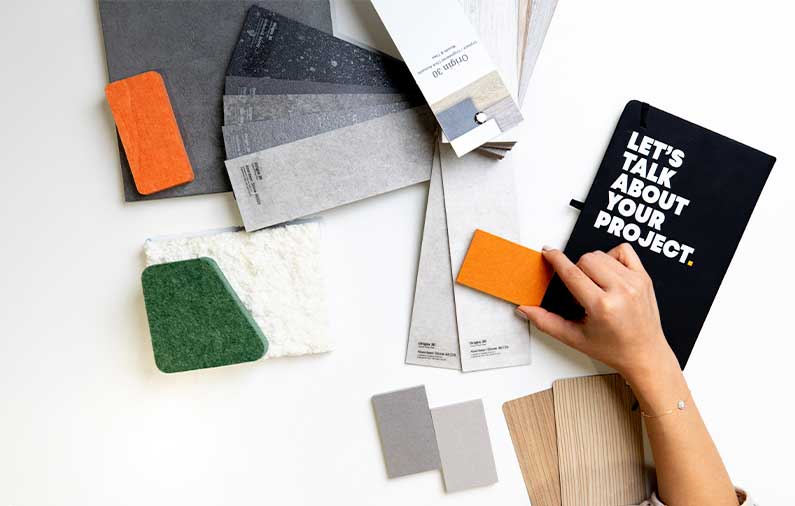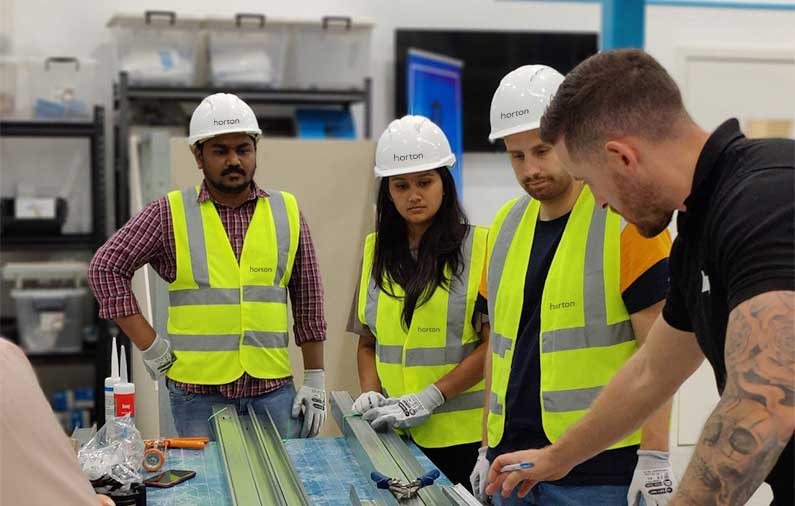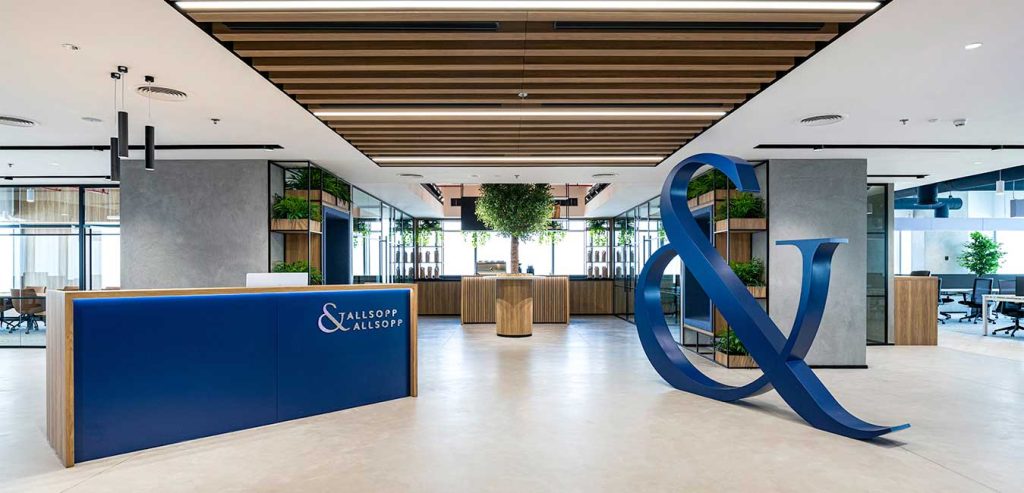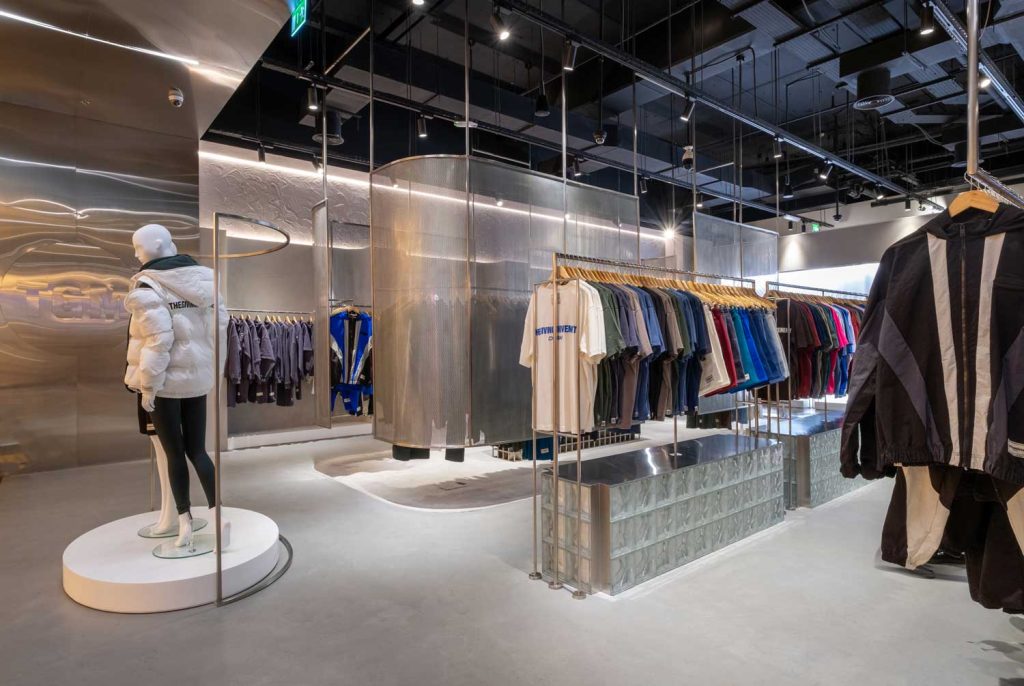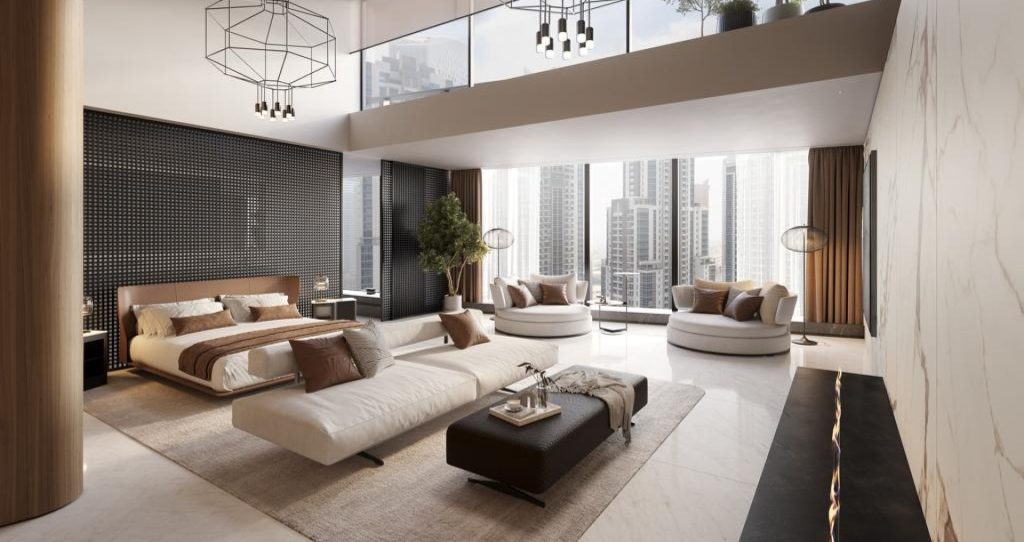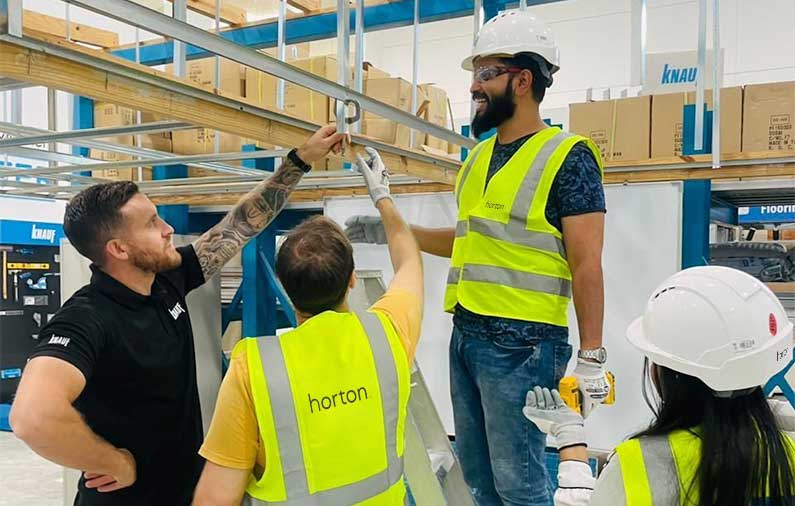The role of technology in modern commercial fit-outs
The rapid evolution of technology has transformed the commercial real estate industry, particularly office fit-outs. Clients are seeking innovative and advanced solutions that enhance their workspaces while boosting productivity and well-being. There are many ways fit-out companies can leverage digital tools to help businesses become more productive and sustainable. Our Operations Director, Abdelmouamine Bougandoura, explores how technology is changing commercial fit-outs and improving client services.
When discussing technology in commercial fit-outs there are two sides to consider. The first is how digitisation affects where and how people work, subsequently impacting the design and space requirements. The second is how fit-out companies can maximise new technologies to streamline their operations and deliver better client value.
In terms of what clients are looking for, we know that online interaction has increased demand for agile, adaptable, and efficient offices. Flexible furniture solutions, such as modular seating, phone booths, and adjustable desks, are becoming increasingly popular as they allow us to create multifunctional spaces that can be reconfigured as required. Collaboration is also a growing trend in office fit-outs, with clients looking for technology-enabled environments that facilitate teamwork and communication. Features like interactive whiteboards, video conferencing and cloud-based file sharing are becoming standard.
Technology also has a significant role to play in areas such as sustainability and well-being – both big priorities for business owners. Energy-efficient lighting and HVAC systems, solar panels and smart building management systems, are just some of the many sustainability-focused technologies. When they are integrated and maintained correctly, clients can reduce their environmental footprint, as well as reducing operating costs and improving employee satisfaction.
IoT-enabled sensors are used to monitor, optimise, and adjust environmental factors, such as temperature, humidity, air quality, and lighting. While remote monitoring provides greater freedom and control, ensuring everything is functioning properly and spotting potential problems without necessarily being on-site. Data and analytics offer valuable insights into building usage and energy consumption, enabling clients to make informed decisions and identify areas for improvement.
Our commitment to cutting-edge technology
Digital tools have become essential for delivering high-quality and cost-effective fit-outs. Project management software and cloud-based collaboration tools facilitate real-time communication and collaboration between all stakeholders involved in the project. These tools help streamline the design and build process, reduce errors and delays, and give clients greater visibility into the progress. At Horton, we have a dedicated Building Information Modelling (BIM) team and execute projects to BIM level 2 mandate. We have migrated all our operations to Procore, to centralise and automate construction management and project data, improving business efficiency and quality control.
On the design side, we regularly use AI and VR to enhance the creative process and keep clients updated. By being able to process lots of data at once, AI simplifies many of the time-consuming tasks that often cause delays. It can also generate multiple design scenarios as well as more intricate design visualisations concepts. We believe in using this technology where appropriate to generate better client outcomes and empower designers to work smarter, not harder, in the early stages of a project.
As technology continues to evolve, we expect to see even more exciting solutions. We look forward to working with clients and partners to take advantage of emerging innovations that will benefit our industry.
If you are interested in hearing more about Horton Interiors’ technology-focused approach contact us.

